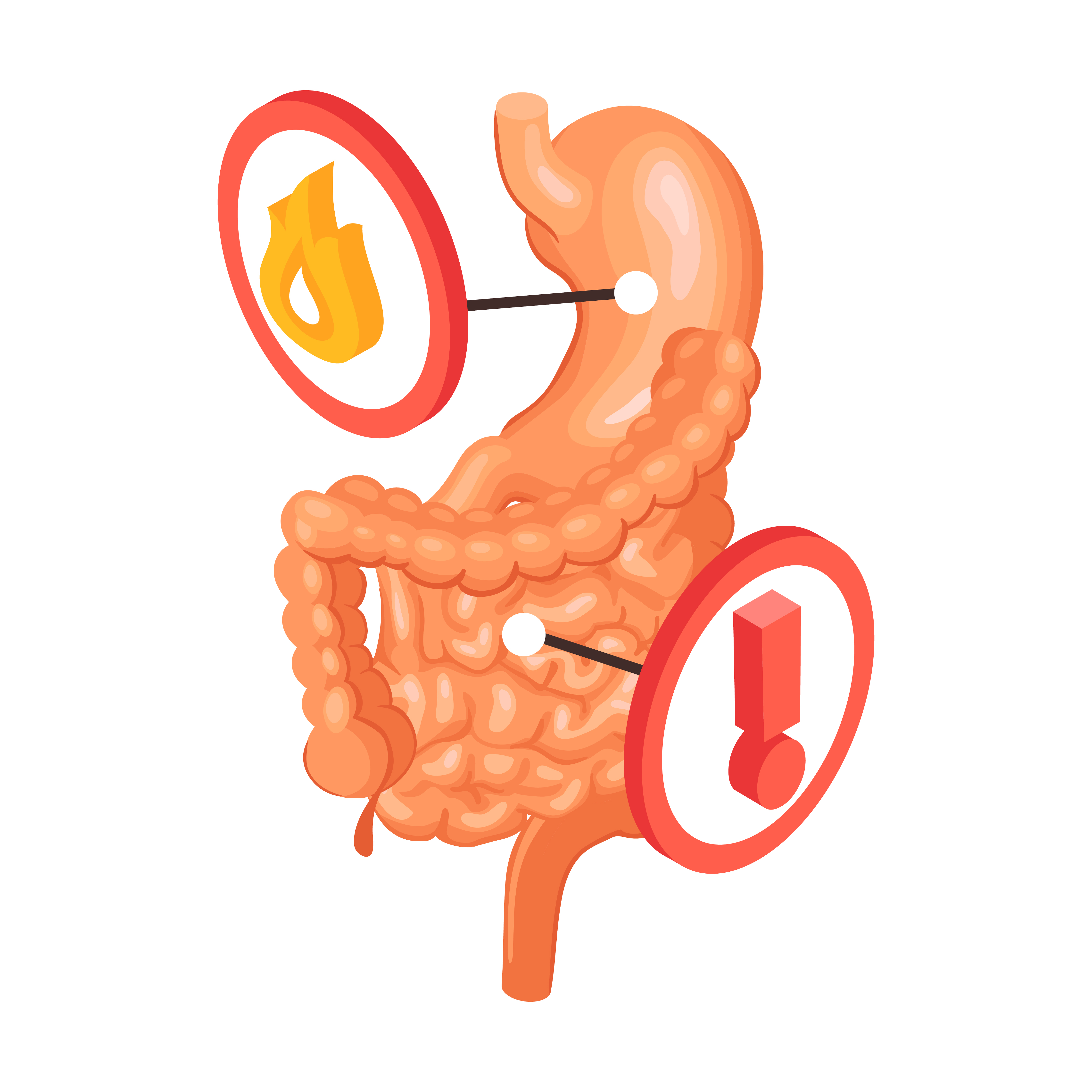
Diagnosis of Colitis: Tests and Procedures
Introduction: Colitis, inflammation of the colon, can cause discomfort and disrupt daily life. Diagnosing colitis involves various tests and procedures to identify the underlying cause and determine the most appropriate treatment. Let’s explore the common diagnostic methods used for colitis in simple terms.
1. Medical History and Physical Examination: The diagnosis of colitis often begins with a thorough medical history review and physical examination. Your healthcare provider will ask about your symptoms, medical history, and any factors that may contribute to colitis. They will also perform a physical exam to assess your overall health and check for signs of inflammation in the abdomen.
2. Stool Tests: Stool tests are commonly used to detect signs of inflammation, infection, or other abnormalities in the colon. These tests may include stool cultures to identify bacterial or parasitic infections, tests for blood in the stool (fecal occult blood test), and tests for inflammatory markers.
3. Colonoscopy: A colonoscopy is a procedure that allows your doctor to examine the inside of your colon using a thin, flexible tube with a camera at the end (colonoscope). During the procedure, your doctor can visualize any inflammation, ulcers, or other abnormalities in the colon and take tissue samples (biopsies) for further analysis.
4. Flexible Sigmoidoscopy: Similar to a colonoscopy, a flexible sigmoidoscopy involves using a flexible tube with a camera to examine the lower part of the colon (sigmoid colon) and rectum. While it doesn’t provide a full view of the colon like a colonoscopy, it can still help identify inflammation and other abnormalities in the lower portion of the colon.
5. Imaging Tests: Imaging tests such as CT scans, MRI scans, and abdominal X-rays may be used to evaluate the extent of inflammation in the colon and rule out other conditions. These tests can provide detailed images of the colon and surrounding structures, helping your doctor make an accurate diagnosis.
6. Blood Tests: Blood tests may be performed to check for signs of inflammation, infection, or other abnormalities in the body. Elevated levels of certain markers, such as C-reactive protein (CRP) or erythrocyte sedimentation rate (ESR), may indicate inflammation in the colon.
Conclusion: Diagnosing colitis involves a combination of medical history review, physical examination, stool tests, colonoscopy, flexible sigmoidoscopy, imaging tests, and blood tests. These diagnostic methods help identify the underlying cause of colitis and determine the most appropriate treatment plan.
To seek medical advice, always consult a Doctor. Here are our recommended experts. Click Here
To read more on Colitis. Click Here


